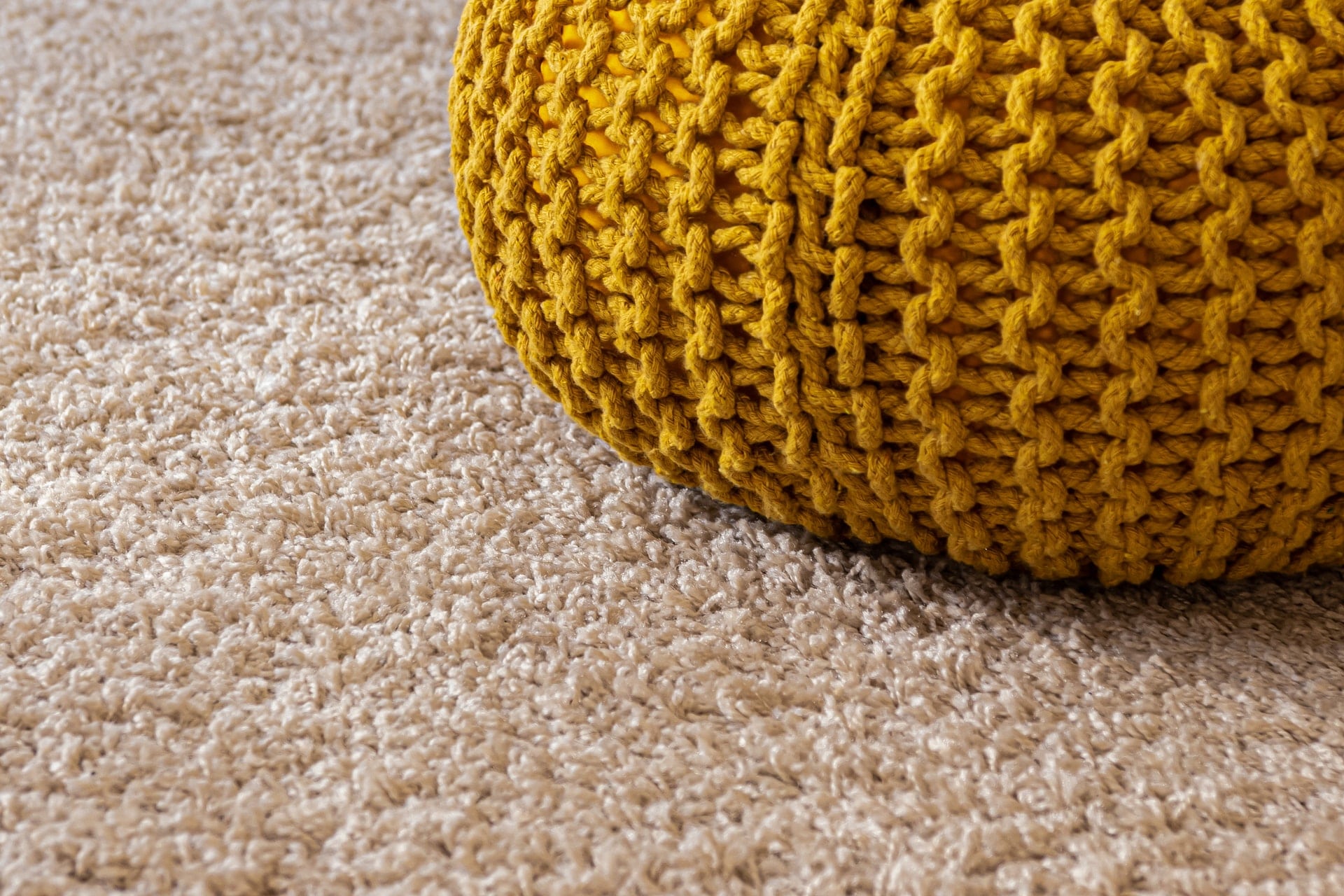Carpet owners are often concerned with the average life of the carpet, how often should carpet be cleaned, how often should carpet be replaced in an apartment, and how often should you replace the carpet in a rental.
Understanding Your Home’s Carpeting
How long should carpets last?
The answer to this question depends on multiple factors, and it would be difficult to gauge it without making a full inspection of your home’s carpeting. On the average, home carpeting (wall to wall installation) can last anywhere from five years to a whopping fifteen years. However, many people choose to have their carpeting replaced earlier when they begin seeing signs of damage, especially in high traffic areas of the house.
Can old carpets make you sick?
Carpets have been around for thousands of years, and there are no signs that they will be left behind by newer trends in modern homes. They remain fashionable and functional, and the fact that you can get carpeting from various manufacturers around the world just proves that they are here to stay.
However, it is also a known fact that home carpeting poses a significant health risk to people, especially to folks that have respiratory problems. Studies have shown that carpeting can accumulate up to 40 pounds of accumulated dust and debris every year.
The dust in carpeting is never pure. The accumulation is comprised of a lot of other debris like the skin we shed daily, hair, and other tiny particles that come and go. The problem is that carpets are natural dust magnets, and when the dust settles in carpeting, there may be no dust at all, unless the dust becomes extremely thick due to the period of accumulation.
It has been shown that homes with carpeting tend to have as much as twice the amount of dust, compared to homes without carpeting. Scientists also warn against the presence of potentially fatal bacteria that can lurk for a long time in carpeting, such as the norovirus, which can stay alive in carpeting for an entire month if the carpeting is not cleaned correctly. Bacteria can also be spread by inefficient cleaning systems and vents that aren’t cleaned regularly.
What are the signs that you need to replace your carpeting?
The most obvious sign that your carpeting needs to be replaced is the presence of a multitude of stains that can no longer be removed with common techniques. The reason for this is that good quality carpets are treated with a stain-resistant solution, and the presence of stains means the treatment has already faded due to age. The moment the treatment fails, the fibers of the carpeting are now prone to absorbing substances, and this will eventually result in stains.
Regular carpet cleaners only clean dirt at the fiber level, so they do not inadvertently damage the glued layer. Professional carpet cleaners, on the other hand, use deep-cleaning techniques and machines to remove debris and stains at the base level of the carpet. Controlled flooding and extraction is done with specialized carpet-cleaning devices that combine vacuum and water to clean carpets thoroughly. These machines are more expensive, so, understandably, not everyone has them.
The second major sign that your home carpeting is due for a replacement is obvious signs of wear and tear. By wear and tear, we do not refer to things like simple fading and what not – we refer there to being able to pull out tufts of your carpeting away, and fibers being shed when you walk on the carpeting.
We do not refer to simple signs of foot traffic across your carpeting. Polyester fibers for one eventually flatten and do not return to normal after some years of use. Many carpet manufacturers make use of polyester because it’s flexible and relatively cheap, so expect signs of wear and eventual carpet degradation when you have polyester (or mixed polyester) carpeting.
A professional carpeting service may be able to perform minor repairs here and there, but for the most part, if signs of crumbling are all over the place, consider replacing your carpeting because the carpeting of the entire house has aged considerably. Even with low foot traffic, it is possible that carpeting in other parts of the house is already exhibiting the same signs of natural wear and tear.
The third major (and alarming) sign that your carpeting needs to be replaced is persistent and lingering odors. People with carpeting in their homes know that the air quality around carpeted areas changes with the season.
This is fine during the first few years, but it will eventually get worse as the carpeting ages. If you smell something off with the carpeting, you may try using a carpet cleaner and a carpet vacuum. If the smell continues to linger, then the stains and built-up grime have probably reached the base of the carpeting, and it’s also possible that there are pervasive mold and mildew growth underneath. Having hardwood paneling underneath complicates the situation because if there has been moisture before, hardwood floors are more likely to develop molds and mildew. Having another layer of the wooden panels encourages the formation of mold because of zero light conditions.
The fourth major sign of carpet aging is the crumbling of the carpet padding.
The carpet padding holds everything together and also serves as the layer that absorbs moisture and grime over the years. When the carpet padding has called it quits, you will notice plenty of curling and sagging in the carpeting, and stamping down on these spots will not solve the problem.
You have not just wrinkled, but the warping of the base where the fibers are glued onto. Around this time, you will also notice that people in your home will have more allergic reactions to the air, signaling that the fibers of the carpeting have also taken more than its fair share of dust and allergens, and the carpeting needs to be replaced.

